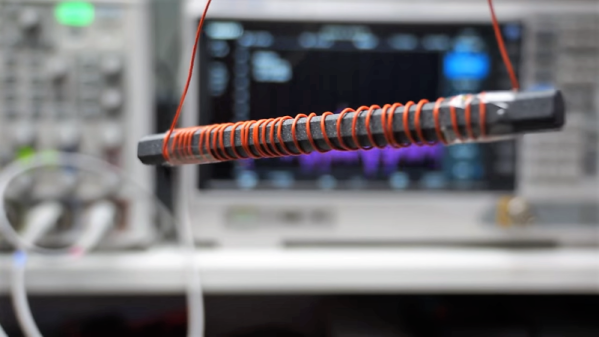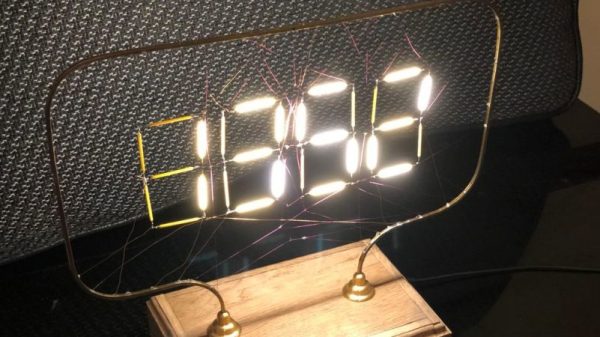Could there be a worse fate for a guy with a Swiss accent than to be subjected to a clock that’s seconds or even – horrors! – minutes off the correct time? Indeed not, which is why [The Guy With the Swiss Accent] went to great lengths to keep his IKEA radio-controlled clock on track.
For those who haven’t seen any of [Andreas Spiess]’ YouTube videos, you’ll know that he pokes a bit of fun at Swiss stereotypes such as precision and punctuality. But really, having a clock that’s supposed to synchronize to one of the many longwave radio atomic clocks sprinkled around the globe and yet fails to do so is irksome to even the least chrono-obsessive personality. His IKEA clock is supposed to read signals from station DCF77 in Germany, but even the sensitive receivers in such clocks can be defeated by subterranean locales such as [Andreas]’ shop. His solution was to provide a local version of DCF77 using a Raspberry Pi and code that sends modulated time signals to a GPIO pin. The pin is connected to a ferrite rod antenna, which of course means that the Pi is being turned into a radio transmitter and hence is probably violating the law. But as [Andreas] points out, if the power is kept low enough, the emissions will only ever be received by nearby clocks.
With his clock now safely synced to an NTP server via the tiny radio station, [Andreas] can get back to work on his other projects, such as work-hardening copper wire for antennas with a Harley, or a nuclear apocalypse-Tweeting Geiger counter.














